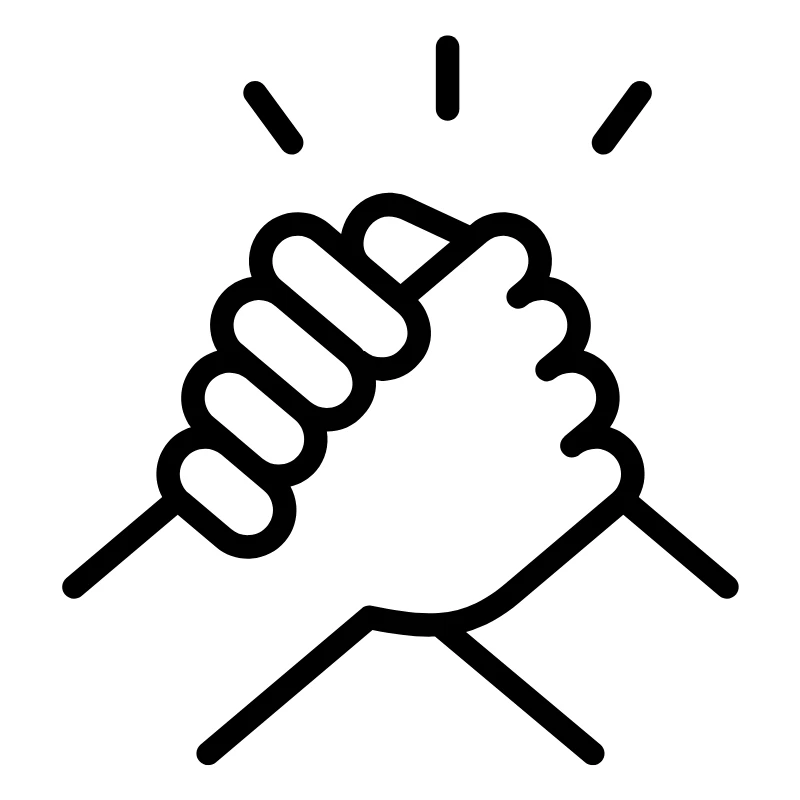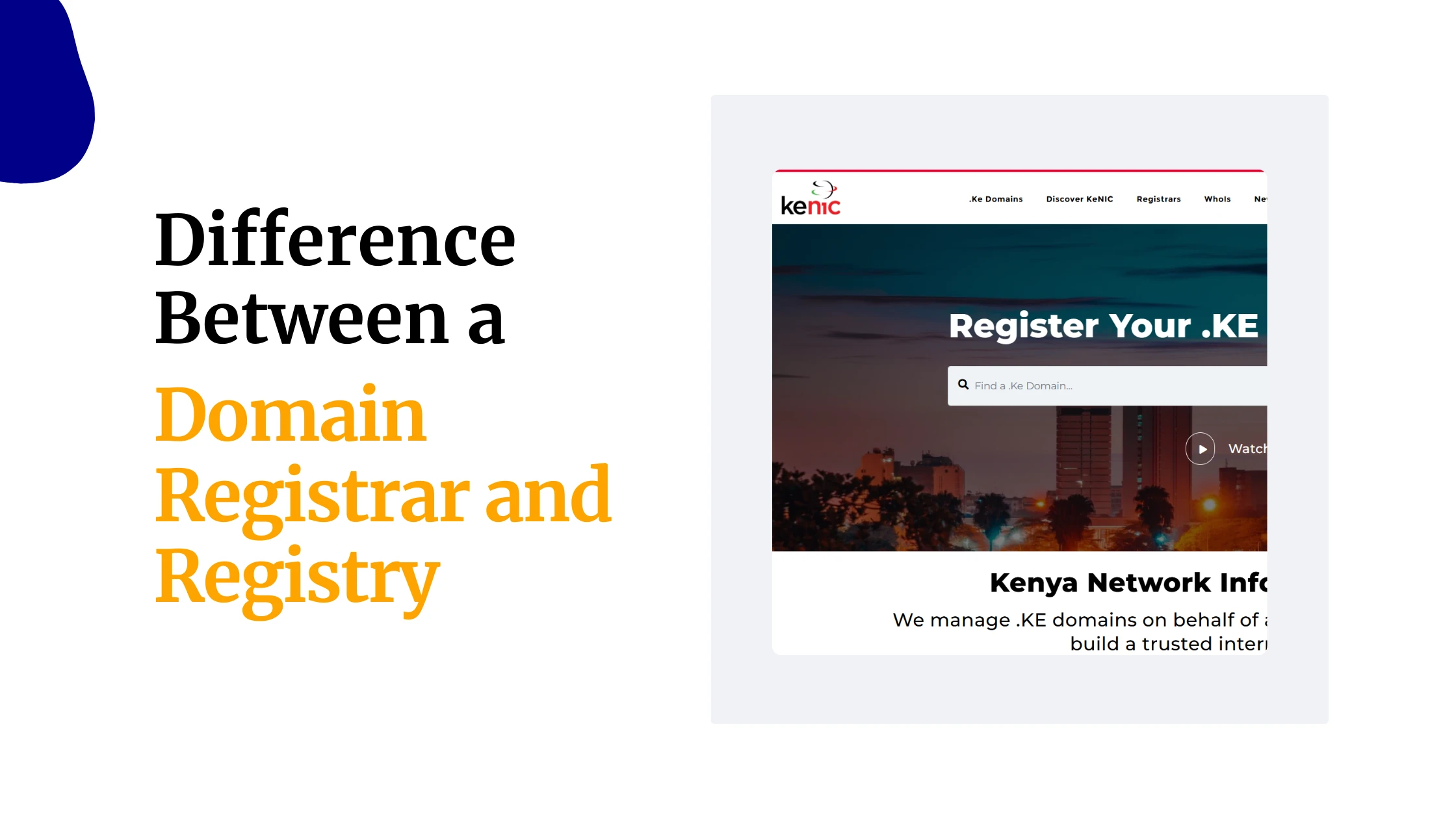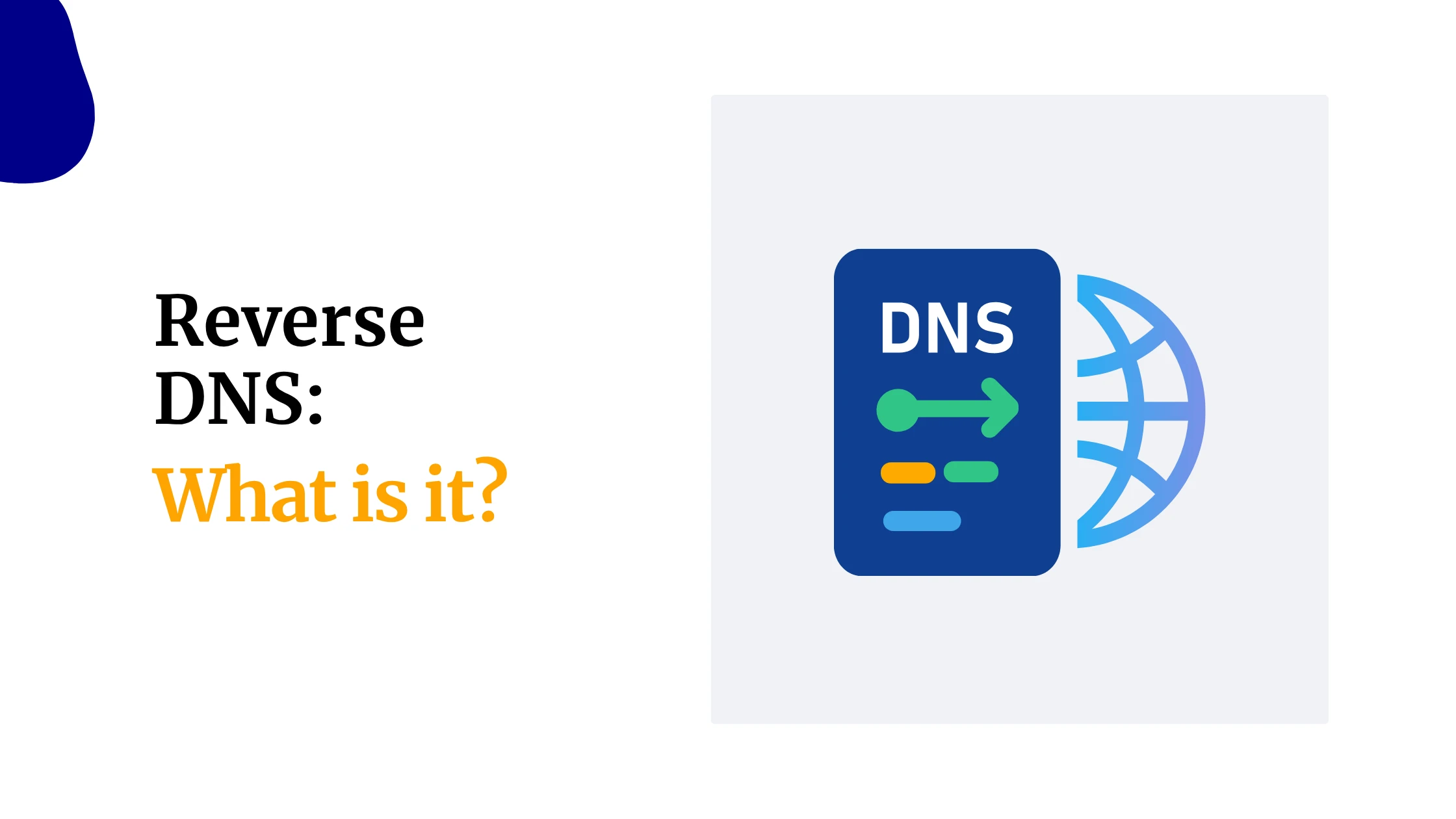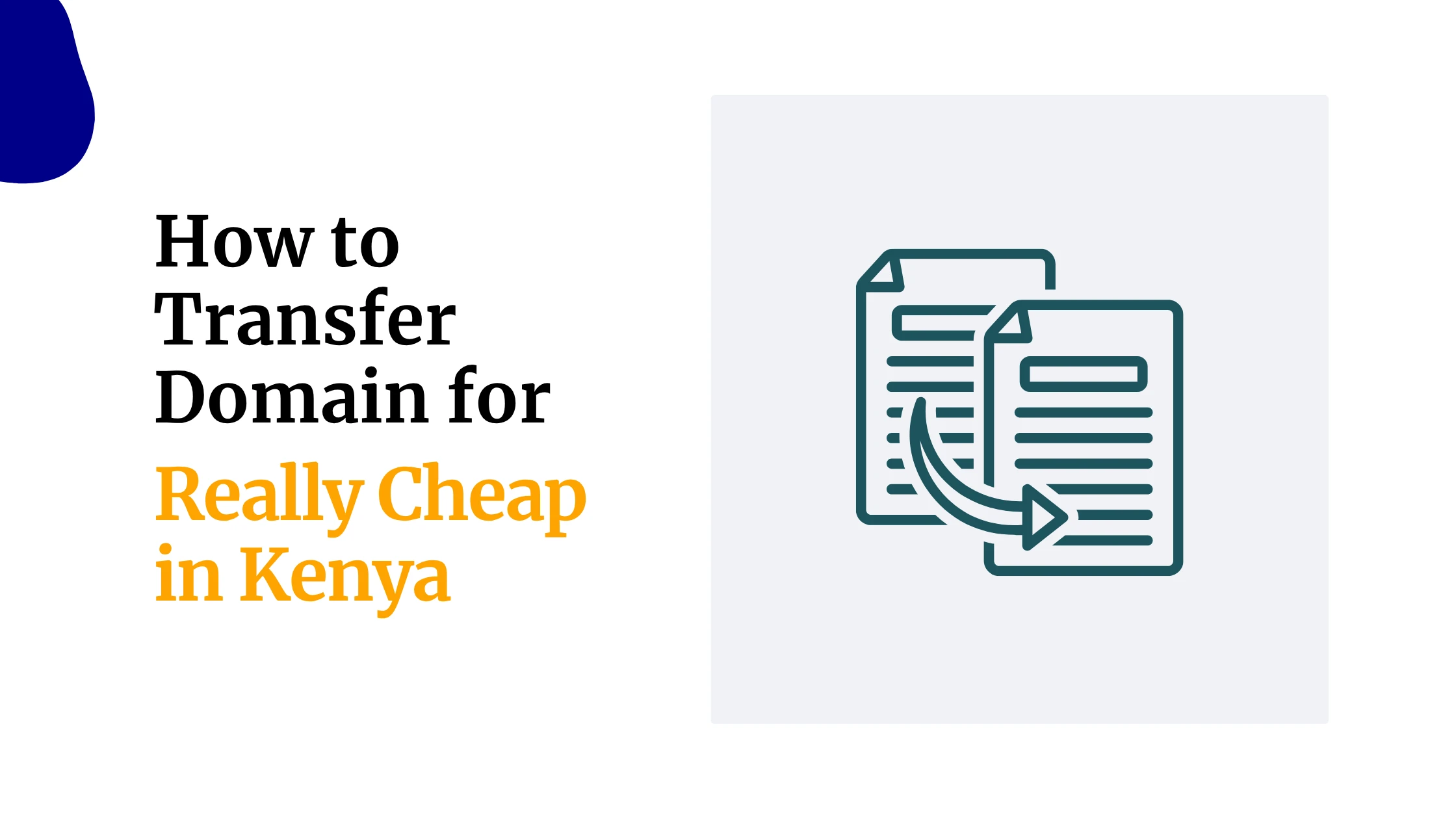One letter domains are some of the rarest and most valuable digital assets in the domain world.
If you’re thinking of investing, searching, or simply want to know why these short domains create such a buzz, you’re in for a fascinating journey.
Let’s unpack what makes these domains unique, how many exist, where you can find them, and what they’re worth today.
What are single letter domains and why are they valuable?
These are domain names with just a single letter before the dot, like x.com or g.co.
These domains are incredibly scarce, making them highly desirable. Their value comes from being easy to remember, simple to type, and perfect for branding or URL shortening.
You’ll find that big companies, savvy investors, and even startups are always on the lookout for these domains.
They offer instant recognition, and for brands, owning a one-letter domain is a powerful status symbol.
But here’s the catch: the total number of possible one-letter domains across all TLDs (top-level domains) is tiny (often in ones or tens) compared to the billions of domains out there.
Most have already been registered or are kept off the market.
How are one-letter domains handled in classic gTLDs like .com, .net, and .org?
In classic extensions like .com, .net, and .org, one-letter domains are essentially locked down.
- .com: Only three exist one-letter .com domains exist today : q.com (CenturyLink), x.com (now X, formerly Twitter), and z.com (GMO Internet, Japan).
These were registered before 1993 and are “grandfathered.” - .net: Two exist: i.net (Future Media Architects) and q.net (Q Networks).
- .org: x.org stands out, but thanks to a special project called Project94, almost every letter has been allocated, often to non-profits or via auctions.
For example, q.org sold for $500,000, and c.org is used by Change.org.
Every other letter is reserved, not open to the public. Regular users can’t simply buy or register these. They’re only available through private sale, and only if the current owner is willing to part with their prize.
What about one-letter domains in newer gTLDs?
With the arrival of new TLDs like .xyz, .top, .app, and hundreds more, the rules changed.
Most registries allow one-letter domains, but usually as premium inventory. That means they’re either auctioned or listed with a high price.
- .xyz: The registry released all one-letter names at premium prices. Some have sold for six figures. 9.xyz is used for promotions by the registry.
- .top: Many one-letter domains have sold to investors. P.top and 0.top have changed hands for huge sums — some carrying registration fees over $100,000 per year.
- .one, .app, .page: You’ll find a few single letters used as brand shorteners or by the registry itself. Google uses g.page for business shortlinks.
If you’re searching for a one-letter domain in these new spaces, expect to see high prices, long waiting lists, and heavy competition.
Country-code TLDs (ccTLDs): Where the action happens
Many country-code extensions have their own policies. Some, like .de (Germany), .co (Colombia), .ai (Anguilla), .io (British Indian Ocean Territory), and .me (Montenegro), allow one-letter domains.
When these registries opened the gates, every letter was snapped up fast.
Notable one-letter ccTLD domains:
| Domain | TLD | Owner / Usage |
|---|---|---|
| g.co | .co | Google short URL |
| a.co | .co | Amazon short URL |
| t.co | .co | Twitter/X short URL |
| o.co | .co | Overstock |
| c.ai | .ai | Character.AI |
| m.me | .me | Facebook Messenger shortener |
| t.me | .me | Telegram links |
| s.de | .de | Sparkasse (bank) |
| u.fr | .fr | Sold for €45,000 |
| q.to | .to | Sold for $57,500 |
If your target is a country-code one-letter domain, you’ll likely need to negotiate with the owner or monitor future auctions as policies evolve.
How many one-letter domains actually exist and are registered?
Let’s do the math.
There are over 1,400 TLDs worldwide. In theory, with 26 letters per TLD, you could have about 36,400 one-letter domains.
But almost all major gTLDs and popular ccTLDs have those locked down or sold out. The true number of actively registered, functioning one-letter domains is probably in the low thousands — not tens of thousands.
Breakdown by TLD type:
- .com, .net, .org: Only a handful are live, with nearly all reserved forever.
- New gTLDs: Most one-letter domains are registered or reserved as premiums, with only a few available at astronomical prices.
- ccTLDs: In nearly every country-code extension that allows them, all letters are gone. Some smaller or less popular ccTLDs may have a stray letter or two unregistered, but this is rare and fleeting.
Why are one-letter domains so expensive?
Scarcity and branding.
A one-letter domain is the ultimate in minimalism and memorability. Brands pay top dollar for these as they can drive entire campaigns, create URL shorteners, or simply flex online dominance.
Recent and famous sales:
- z.com: Sold for $6.8 million (GMO Internet, 2014)
- q.org: Sold for $500,000 in a registry auction
- b.et: Sold for $100,000 (Ethiopia’s ccTLD)
- j.et: Sold for $60,000 (Ethiopia)
- u.fr: Sold for €45,000 (France)
- q.to: Sold for $57,500 (Tonga)
Even new gTLDs have joined the club, with some sales (like 1.top, p.top, or 9.xyz) reaching six figures.
The most valuable names — if ever sold — would be the remaining one-letter .coms, which could fetch millions each.
How can you get a one-letter domain?
- Monitor registry releases and auctions:
Sometimes a registry will auction off one-letter domains, often with publicity and high starting bids. - Check domain marketplaces:
Premium marketplaces like Sedo, Afternic, and Dan.com often list one-letter domains for resale. Some brokers specialize in these rare assets. - Contact current owners:
If you have your eye on a particular letter, use WHOIS or brokerage services to make an offer. Be ready for sticker shock—these domains are trophy assets. - Look to new TLDs:
Occasionally, a less popular TLD will have a one-letter domain available. You may need to pay a premium fee, but it’s one way to join the exclusive club.
One-letter domains FAQs
Are there any one-letter .com domains left to register?
No. All one-letter .com domains are either grandfathered or reserved. The only chance is to purchase one from its owner.
Why do brands love one-letter domains?
They’re perfect for short links, easy to remember, and boost a brand’s image. Companies like Amazon, Google, Twitter, and Telegram use them for quick redirects and marketing.
Do new TLDs make it easier to get a one-letter domain?
They can, but only if you’re willing to pay premium prices or win an auction. Almost all desirable letters in new gTLDs have already been claimed or are held by the registry.
Final thoughts
One-letter domains are the crown jewels of the digital world.
If you own one, you’re holding a unique, valuable, and highly-coveted asset. If you’re hunting for one, be ready for a tough chase and deep pockets.
Their story is a mix of history, technology, and brand ambition — a perfect snapshot of the internet’s evolution.
 Domain SearchInstantly check and register your preferred domain name
Domain SearchInstantly check and register your preferred domain name Web Hosting
Web Hosting cPanel HostingHosting powered by cPanel (Most user friendly)
cPanel HostingHosting powered by cPanel (Most user friendly) KE Domains
KE Domains Reseller HostingStart your own hosting business without tech hustles
Reseller HostingStart your own hosting business without tech hustles Windows HostingOptimized for Windows-based applications and sites.
Windows HostingOptimized for Windows-based applications and sites. Free Domain
Free Domain Affiliate ProgramEarn commissions by referring customers to our platforms
Affiliate ProgramEarn commissions by referring customers to our platforms Free HostingTest our SSD Hosting for free, for life (1GB storage)
Free HostingTest our SSD Hosting for free, for life (1GB storage) Domain TransferMove your domain to us with zero downtime and full control
Domain TransferMove your domain to us with zero downtime and full control All DomainsBrowse and register domain extensions from around the world
All DomainsBrowse and register domain extensions from around the world .Com Domain
.Com Domain WhoisLook up domain ownership, expiry dates, and registrar information
WhoisLook up domain ownership, expiry dates, and registrar information VPS Hosting
VPS Hosting Managed VPSNon techy? Opt for fully managed VPS server
Managed VPSNon techy? Opt for fully managed VPS server Dedicated ServersEnjoy unmatched power and control with your own physical server.
Dedicated ServersEnjoy unmatched power and control with your own physical server. SupportOur support guides cover everything you need to know about our services
SupportOur support guides cover everything you need to know about our services








